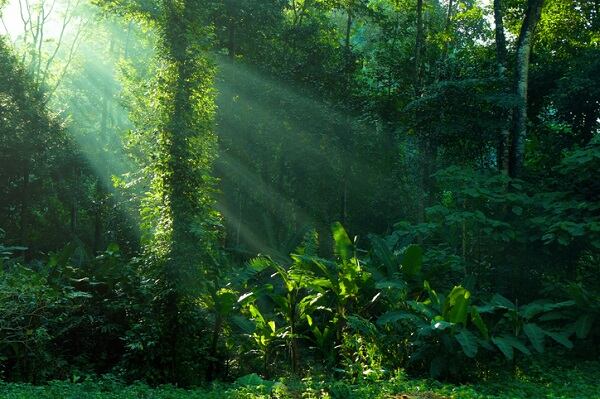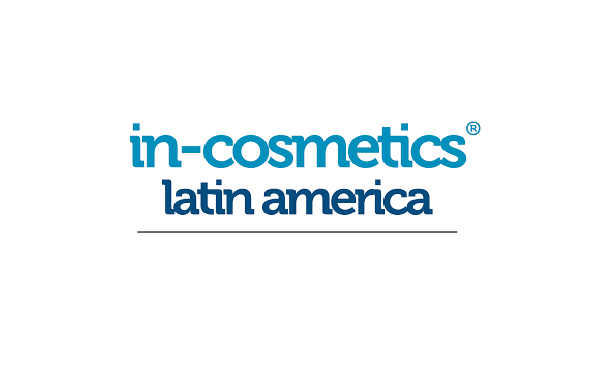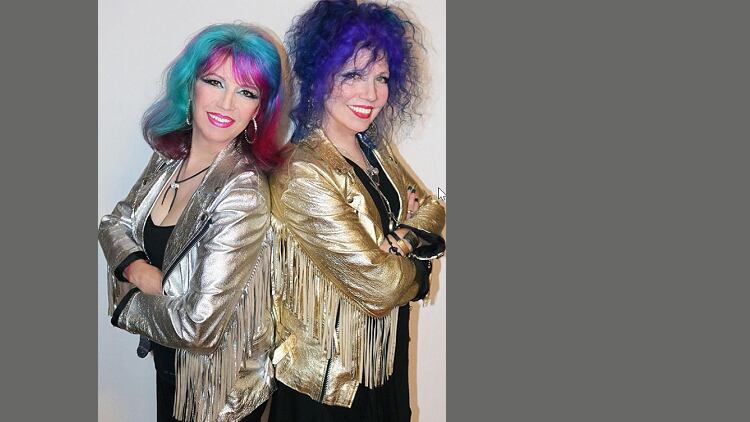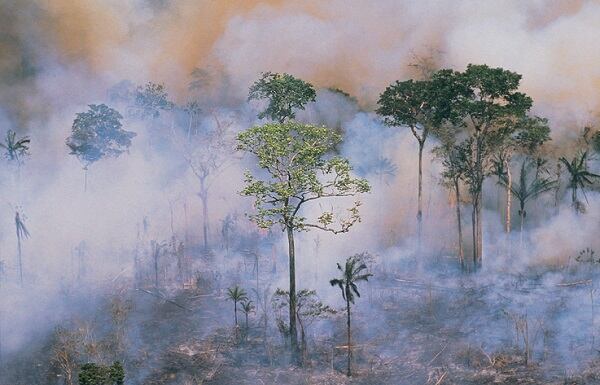Cosmetics Design spoke to key decision makers at both Beraca and Chemyunion, which are both Brazilian cosmetic and personal care ingredients players sourcing raw materials in the Amazon.
Both of these companies have built their businesses in the region by encouraging the most ethical and sustainable practices, and those practices are being maintained, despite some recent alarming media reports.
Sustainability is a complex equation
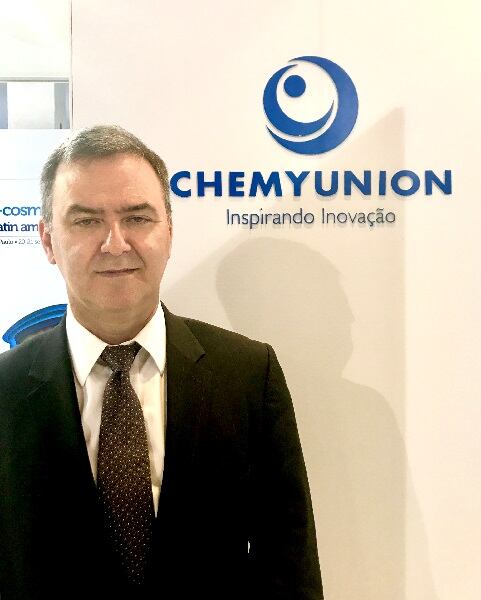
Sérgio Gonçalves, international business development and marketing director at Chemyunion, believes that although sustainability in the Amazon is a tough call, initiatives on many levels are in place to help foster programs that serve to protect the environment. Although the answer to the sustainability question there is complex, he also believes that grassroots authorities are answering the call.
“There is not an ideal model for sustainable sourcing, what there is, is a viable model: the FSC (Forest Stewardship Council) or SAN (Sustainable Agriculture Network) are the most relevant entities in relation to sustainable practices and certification,” said Gonçalves.
Although these authorities were primarily established for the certification of wood materials, they have also evolved to develop standards for non-wood products such as raw materials for the personal care industry.
“The role of these entities is to develop criterion on sustainable practices and then accredit local certifiers and auditors who will be able to evaluate and certify whether or not a given operation matches the ecologically correct, socially fair and economically viable vertices of the isosceles triangle used to express a sustainable model.”
No project can be undertaken without local people
The people of the Amazon are also absolutely vital to the sustainability equation. They have to be on board with a sustainable sourcing project and there has to be tangible benefits for them and their communities, as well as providing sustainable initiatives that ensure the future of the forests.
“The most relevant fact with respect to sustainability is to consider that if you find a specie with an active property that has a great effect, in skin care for example, but you cannot find people to plant or harvest it, you have nothing,” said Gonçalves.
Although the Amazon remains a highly rural area and huge swathes of it are still forested, it is still the home of many Brazilians and also incorporates several urban areas. The Brazilian state of Amazonas is by far the largest state in the country and had an estimated population of 4 million people in 2018.
Firm legislation to protect the Amazon is already there
When it comes to legislation, despite current criticism of the current government, there is still firm legislation in place that serves to protect the Amazon, while encouraging more sustainable farming and development practices. Gonçalves believes that in particular the Conselho de Gestão do Patrimônio Genético (CGEN) is on the right track.
“Regulating the access to the biodiversity is a proper way to help to manage it. Having clear rules on how to access, how to share the benefit of traditional knowledge that saves companies time in prospecting effects and shortens their development time, is a great initiative,” said Gonçalves.
“The legislation needs some improvements, however, what we have learned so far, is that we have better structured laws and less cost impact than other environmental legislation around world.”
Beraca's Socio-biodiversity Enhancement Program
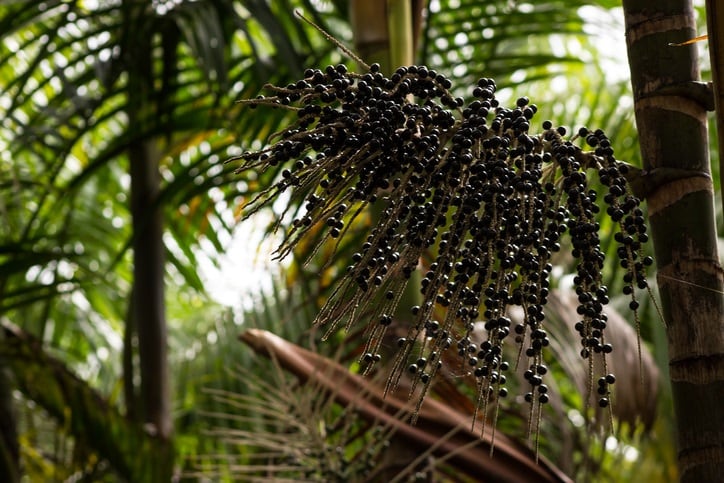
Beraca’s approach to the issues of sustainable sourcing in the Amazon has been to take the matter into its own hands with its Socio-biodiversity Enhancement Program, which it introduced in 2000.
“The program targets balanced human development, sustainable use of natural resources from the Brazilian Amazon and adequate profitability for the value chain,” said Dawn Thiel, Beraca’s US business director.
“Through this program, Beraca combines economic and social development of extractive communities with the richness valorization of the Brazilian biodiversity and the development of alternatives for cosmetic industry based on the sustainable use of natural resources.”
In almost two decades of existence the program has been able to benefit more than 10,000 families in 105 communities, while also serving to preserve 1.5 million hectares of land.
Communities develop from sustainable raw material harvesting

The initiative has translated into many projects targeting the more sustainable sourcing of raw materials, which have included equipping the company’s Cupuaçu sourcing communities with the tools to press crude oil from the seeds that they used to simply discard.
“Likewise, Andiroba seeds used to be burned as trash by local people during the low tide season, but Beraca´s encouraged the manual collection of the seeds on the shore, providing professional opportunities and promoting family income,” said Thiel.
“Then there is the substitution effect of Murumuru, Patauá, and Açaí on Heart of palm extraction, which has been linked to working conditions similar to slavery and to the degradation of the environment, which meant that for each $1 Real applied to our sustainably extracted crops, there was a $2 drop in Heart of palm farming.”
All of these initiatives have culminated in building a reputation that Beraca executives feel has given it a good reputation in the industry while also helping both the Amazon environment and its communities.
“Ultimately, by choosing Amazonian products from businesses that ensure community sustainability and product traceability, consumers and manufacturers contribute to a market that helps to value the Amazon rainforest, better remunerate its people and support people to live from non timber products in a balanced manner,” Thiel concluded.

